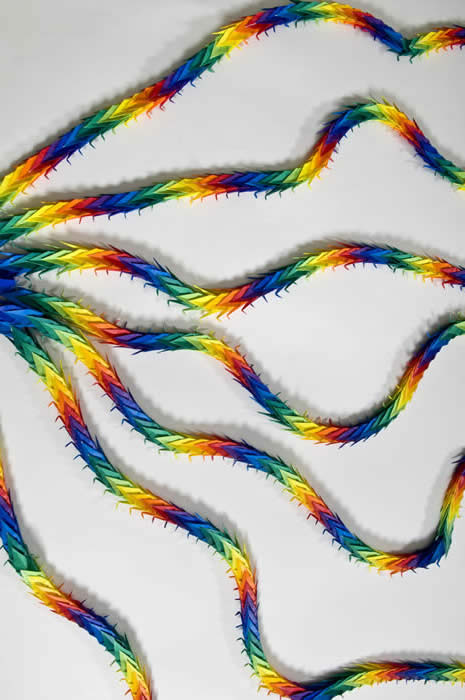Allogeneic Hematopoietic Stem Cell Donor
Choosing a donor
The most important factor in picking a HSCT donor is in HLA matching between donor and recipient.
The HLA gene system on chromosome 6 contain a number of genes that encode for a series of antigens collectively referred to as the major histocompatibility complex (MHC).
MHC class I antigens
- MHC molecules (called MHC class I antigens and include HLA-A, B, and C).
- Found on all nucleated cells of the body.
- Important in the immune system’s recognition of “self”.
MHC class II antigens
- Other MHC molecules (called MHC class II antigens and include HLA-DRB1).
- Found only on professional antigen presenting cells (such as B-cells, dendritic cells, monocytes and Langerhans cells).
- These molecules are important in the presentation of foreign peptide antigens (such as processed bacterial or viral peptides) to T-cells to initiate activation of the adaptive immune response.
Each individual has two copies of chromosome 6. One series of HLA genes on one chromosome is called a haplotype. Each individual inherits one haplotype from one parent and the other haplotype from the other parent. Each individual therefore has two copies of HLA-A, B, C, and D (one from mom, one from dad).
The most important factor in picking a HSCT donor is in HLA matching between donor and recipient. Increasing HLA disparity increases the risk of graft versus host disease and rejection of the allograft.

